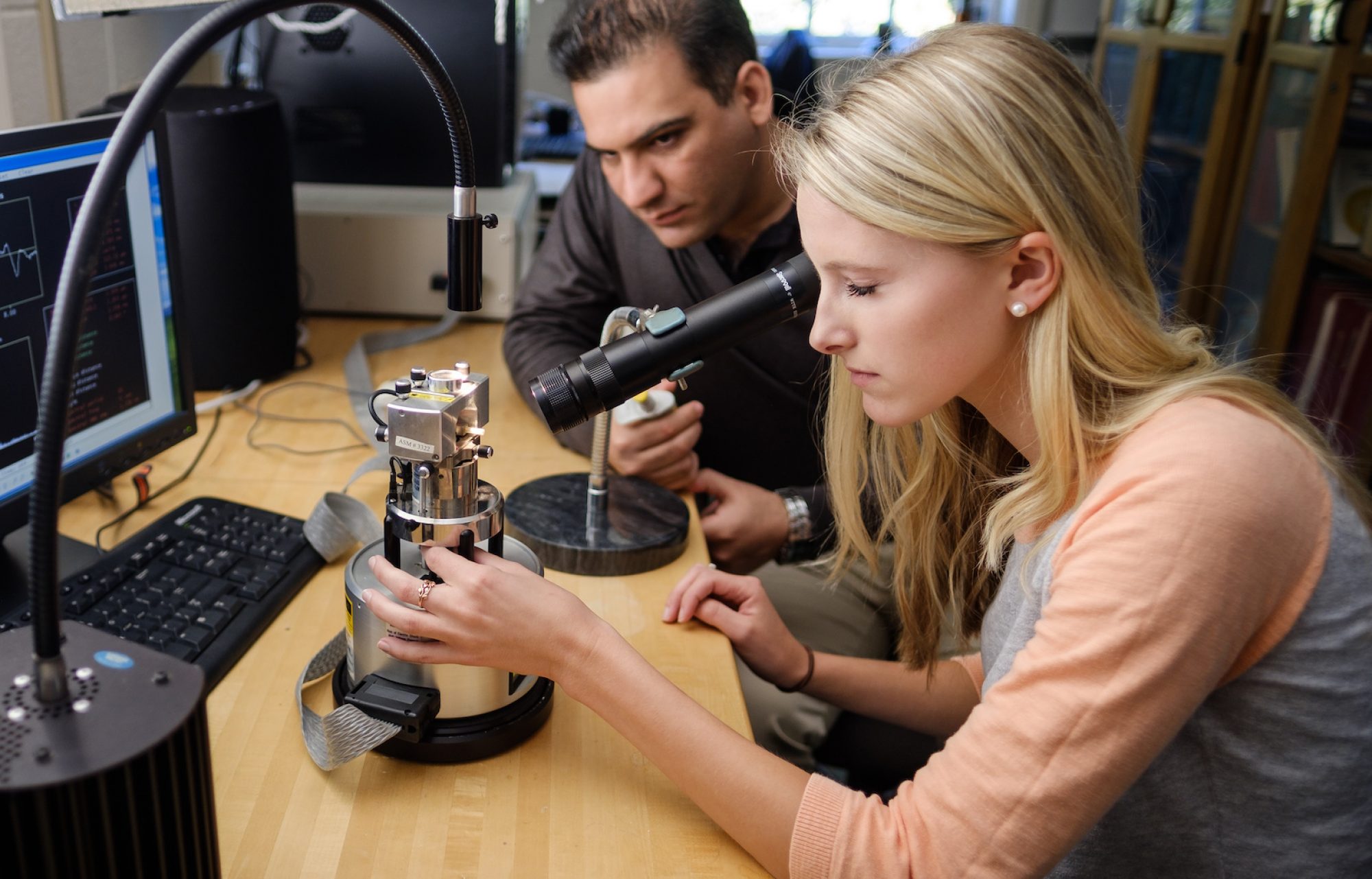Online Colloquium: “Quantum Optical Security of Polarization-Based Cryptographic Protocols” — December 3, 2020 at 4:00 PM
Quinton Rice, PhD
Assistant Professor of Physics
UNC at Pembroke
Pembroke, NC
Thursday, December 3, 2020 at 4:00 PM
Via Video Conference (contact wfuphys@wfu.edu for link information)
ABSTRACT
The field of communication is always seeking ways to enhance the security of data transfer through various encryption techniques. A popular technique known as Quantum Key Distribution is a powerful encryption tool which guarantees optimal security by exploiting single photon behavior and the one-time pad encryption scheme. The BB84 protocol utilizes two bases of orthogonal photon polarization states to accomplish key generation. Typically a sender (Bob) will begin generating a key by sending polarized photons to a receiver (Alice), however, an adversary or eavesdropper (Eve) will attempt to steal the key in order to achieve some diabolical goal. While there are many variations of eavesdropping methods, the quantum nature of the photon prevents interception by producing measurable errors in the key. This research seeks to examine the security of the BB84 protocol in fiber-based encryption by modeling attenuation in optical fibers which can induce undetectable errors in key generation. In this talk, I will primarily discuss a beam splitting attack on a BB84 key distribution scheme in order to draw conclusions about in-fiber quantum cryptography.
Bio:
I am from Fayetteville, North Carolina. I completed my BS in physics at Hampton University in Hampton, Virginia in 2013. I also completed my Ph.D. in physics at Hampton University in 2017. My dissertation title was: “Plasmon-Exciton Coupling in Quantum Confined Semiconductors” which mainly focused on optical properties of coupled nanomaterials such as enhanced time- and temperature-dependent fluorescence and photoluminescence. Nowadays, my research utilizes optical materials for single photon generation and quantum optical experiments. I have been teaching physics at UNCP for 3 years and I am currently the Regional Director of the Region 4 Science and Engineering Fair.
References:
- Bennett, C. H., Bessette, F., Brassard, G., Salvail, L., & Smolin, J. (1992). Experimental quantum cryptography. Journal of Cryptology, 5(1), 3–28. https://doi.org/10.1007/bf00191318
- Sangouard, N., & Zbinden, H. (2012). What are single photons good for? Journal of Modern Optics, 59(17), 1458–1464. https://doi.org/10.1080/09500340.2012.687500
- Fox, M. (2006). Quantum Optics: An Introduction (Oxford Master Series in Physics) (1st ed.). Oxford University Press.
- Glauber, R. J. (1963). The Quantum Theory of Optical Coherence. Physical Review, 130(6), 2529–2539. https://doi.org/10.1103/physrev.130.2529

